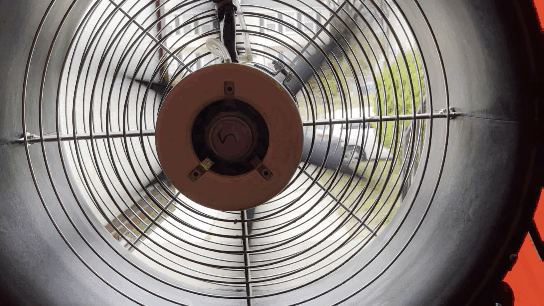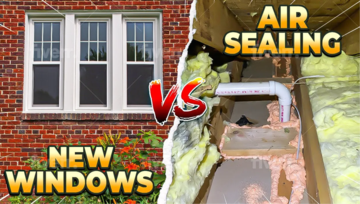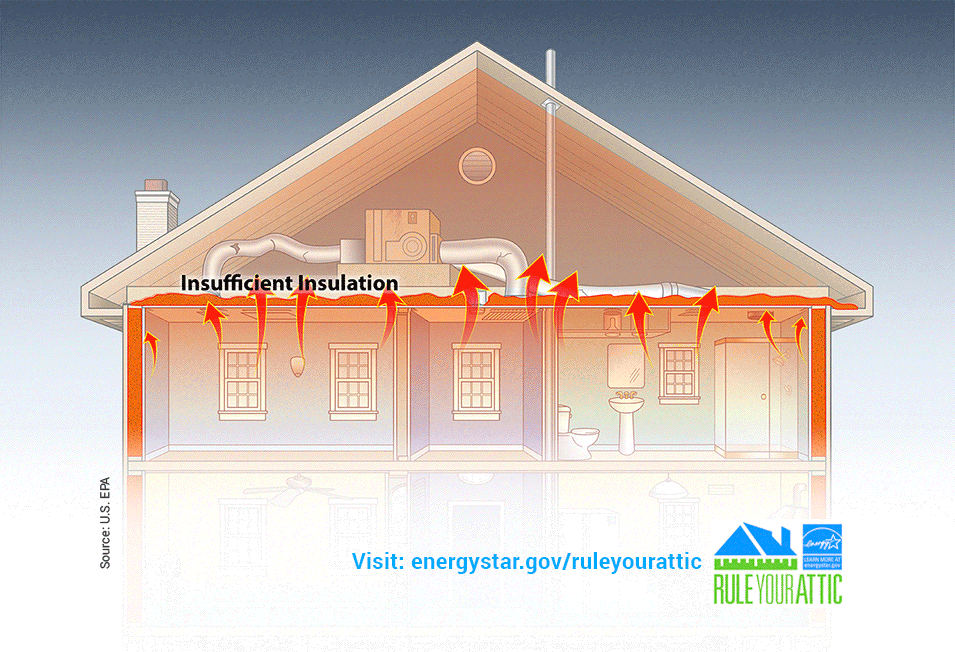Residential Comfort & Energy EfficiencyThursday, March 17 2022
One big reason Maryland homeowners get a comprehensive home energy audit is because they keep getting the letter from BGE saying that they are using more energy than their neighbors. They report to me that lights are being turned off, the thermostat is set low and they have new windows and doors. It doesn't make sense to them and they are eager to get to the bottom of it once and for all. Luckily, the comprehensive assessment through the Maryland Home Performance with ENERGY STAR® Program rarely disappoints. BGE Home Energy Report ProgramWhat You Need to Know - How the Monthly Report WorksWe all get them. We all stopped looking at them. But, every once in a while it pops up in an email and you see your score. Its never good. You ask yourself - what else can I do? You are energy conscious. You consistently review your energy usage habits. It does not add up. Here is the thing about the Energy Report Program. That is exactly what it is - a program. There is an element of psychology. Nobody wants to get beat by their neighbor and they know that. It moves the needle. People turn off more lights, upgrade appliances to ENERGY STAR® and set thermostats up or down a notch or two. It saves energy so it works. Everyone always wants to know if there is any validity to the report and the answer is yes. Although some information gets left out such as how many people live in the home and what are their daily habits (retired vs. work all day) the report does provide a small window into where you stand when it comes to energy usage compared to others. The Value of a BGE Home Energy AuditKnowing Where to Look To make a house energy efficient you have to tighten your building's shell and usually the first thing that comes to mind for most people is windows and doors.
But, energy consultants can guide you to other places that need attention due to physics and pressure inside your home. Uncontrolled air leakage occurs when air moves through gaps or openings in walls, floors, ceilings, duct work, doors or windows and is often a major source of energy loss in homes. Furthermore, 9 out of 10 attics are under-insulated according to ENERGY STAR®. This fact is important because conditioned air will move right through a ceiling that does not have enough insulation. We put winter caps on our kids heads to keep them warm - we need to do the same to our houses! BGE Home Energy Audit ReportsFinding the Root Causes for Comfort Problems and High Energy Bills
When reviewing reports from a BGE home energy audit, the story becomes much clearer in terms of where we must look to be more efficient and it is not because the lights are on too much. Also of interest, windows, and doors account for very little overall leakage when tested. If you don't think so, check out this study I did! Watch on YouTube
The green portion of the pie chart is the household baseload. Baseload refers to everyday things we need such as lights, computers, fridge, etc. Most impactful is the refrigerator so if you are already using ENERGY STAR then there might not be too much more room to save. Efficient light bulbs will help too. Next, look at the red and light purple. Those show the heating and cooling costs. That is where you need to "move the needle" to save energy! Consider the most important thing to understand when it comes to making an impact on heating and cooling costs:
That's right! You can pay thousands for a new system and never receive anything in return. Same bills and same issues with comfort. Sealing up holes, gaps and cracks around the "shell" of a home and adding insulation is a great way to decrease energy usage and it typically will make any age HVAC system more efficient. A BGE home energy audit will explore the dark places and tight spaces around your home where air might be coming in or going out. Most people that have an energy audit done are eager to know how much of a rebate they can get!
Check out the video for more insights into how the incentives work.
|










